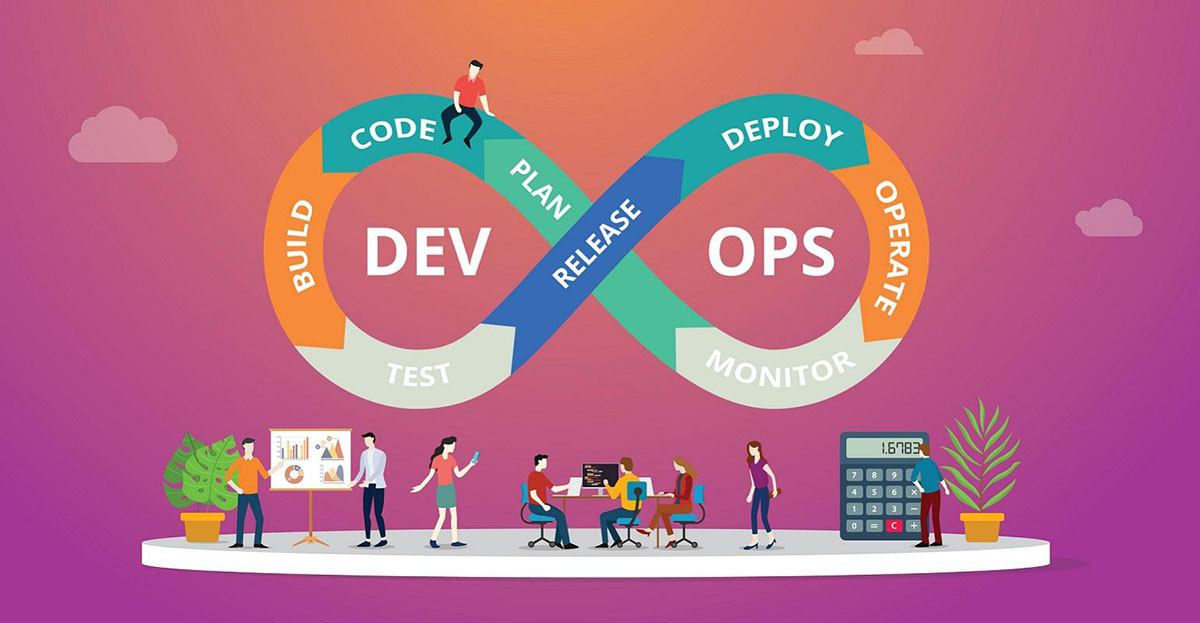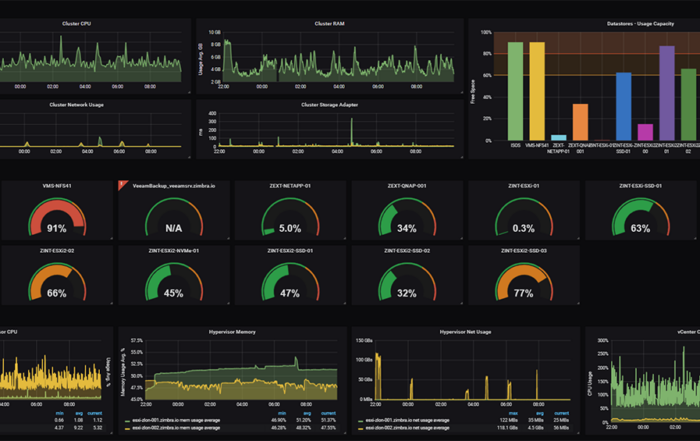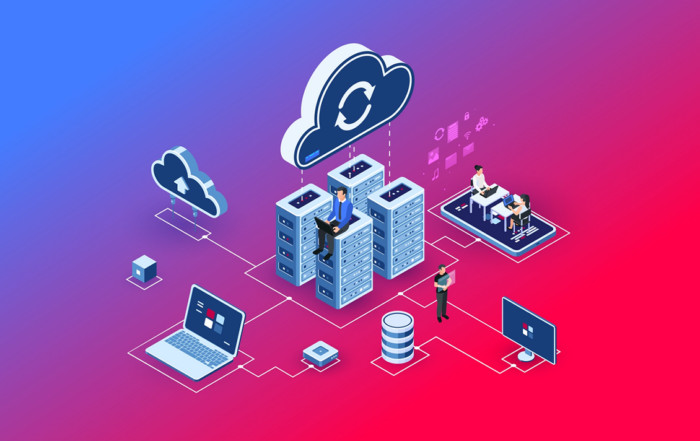
In the vibrant world of software development, Continuous Integration (CI) and Continuous Delivery (CD) have grown from buzzwords into fundamental practices. The evolution of cloud services has accelerated this transformation, offering scalable, cost-effective, and flexible infrastructures. However, to truly harness the power of CI/CD in the cloud, one needs to be aware of best practices that can make this journey rewarding.
1. Infrastructure as Code (IaC)
What it is: Treating infrastructure in the same vein as software code—scripting and automating the provisioning of resources.
Why it matters: When your infrastructure is code, you can version control, test, and reproduce it. Cloud platforms like AWS CloudFormation, Azure Resource Manager, and Google Cloud Deployment Manager all support IaC.
Best Practice: Ensure your IaC scripts are stored in a version control system. Regularly review and test these scripts to validate resource provisioning and configurations.
2. Embrace Containers and Orchestration
What it is: Utilizing containerized environments, like Docker, to create, deploy, and run applications. Orchestration tools like Kubernetes help manage these containers.
Why it matters: Containers ensure that software runs reliably across different environments. They encapsulate all dependencies, making CI/CD workflows smoother and more predictable.
Best Practice: Implement a container orchestration system. While Kubernetes is a frontrunner, there are other options like Docker Swarm or Amazon ECS.
3. Choose the Right CI/CD Tools
What it is: The backbone of your CI/CD pipeline. Jenkins, Travis CI, CircleCI, and GitLab CI are some of the popular ones.
Why it matters: A seamless CI/CD pipeline needs tools that are reliable, support fast builds, and offer integrations with other systems.
Best Practice: Assess tools based on your unique needs. For cloud-native applications, consider services like AWS CodePipeline, Azure DevOps, or Google Cloud Build.
4. Automated Testing
What it is: Using scripts and tools to automatically test your software at different stages.
Why it matters: It ensures software quality, identifies bugs early, and speeds up the deployment cycle.
Best Practice: Create a robust suite of unit, integration, and end-to-end tests. Prioritize them based on the risk profile of application components.
5. Environment Parity
What it is: Ensuring that your staging, testing, and production environments are identical.
Why it matters: Differences between environments can lead to unforeseen errors during deployment.
Best Practice: Use containers and IaC to ensure that all environments are consistently provisioned and configured.
6. Monitoring and Logging
What it is: Collecting data about the operation and performance of your application and infrastructure.
Why it matters: It provides insights into application health, helps in troubleshooting, and informs future optimization.
Best Practice: Use cloud-native services like Amazon CloudWatch, Azure Monitor, or Google Cloud Operations. Ensure logs are centralized, easily searchable, and retained as per compliance needs.
7. Security and Compliance
What it is: Protecting your CI/CD pipeline and deployed applications from threats and ensuring they meet regulatory standards.
Why it matters: Security breaches can be costly, damaging both financially and reputationally.
Best Practice: Use tools like AWS Secrets Manager or HashiCorp Vault for secret management. Regularly audit the CI/CD pipeline, utilize role-based access controls, and ensure all data transmissions are encrypted.
8. Feedback Loops
What it is: Mechanisms to collect feedback from different stages of the CI/CD pipeline and from the end-users.
Why it matters: Feedback helps to identify issues early, optimize processes, and align development with user needs.
Best Practice: Implement automated alerts for any failures in the pipeline. Use application performance monitoring (APM) tools to gather user feedback and monitor application health.
9. Cost Management
What it is: Monitoring and controlling the costs associated with CI/CD processes in the cloud.
Why it matters: Without careful monitoring, cloud expenses can quickly spiral out of control.
Best Practice: Set budget alerts, utilize cost monitoring tools provided by cloud vendors, and regularly review resource usage.
10. Continuous Learning
What it is: Keeping the team updated with the latest in CI/CD practices, tools, and cloud advancements.
Why it matters: The cloud ecosystem is dynamic. Staying updated ensures that you remain competitive and efficient.
Best Practice: Encourage team members to attend workshops, webinars, and conferences. Allocate time for training and R&D.
Conclusion
CI/CD in the cloud is not just about deploying faster; it’s about deploying smarter. By adopting these best practices, teams can ensure that they not only accelerate their release cycles but also maintain high-quality standards, optimal costs, and robust security. The cloud ecosystem offers an array of tools and services to support this journey. It’s up to us to harness them effectively!





